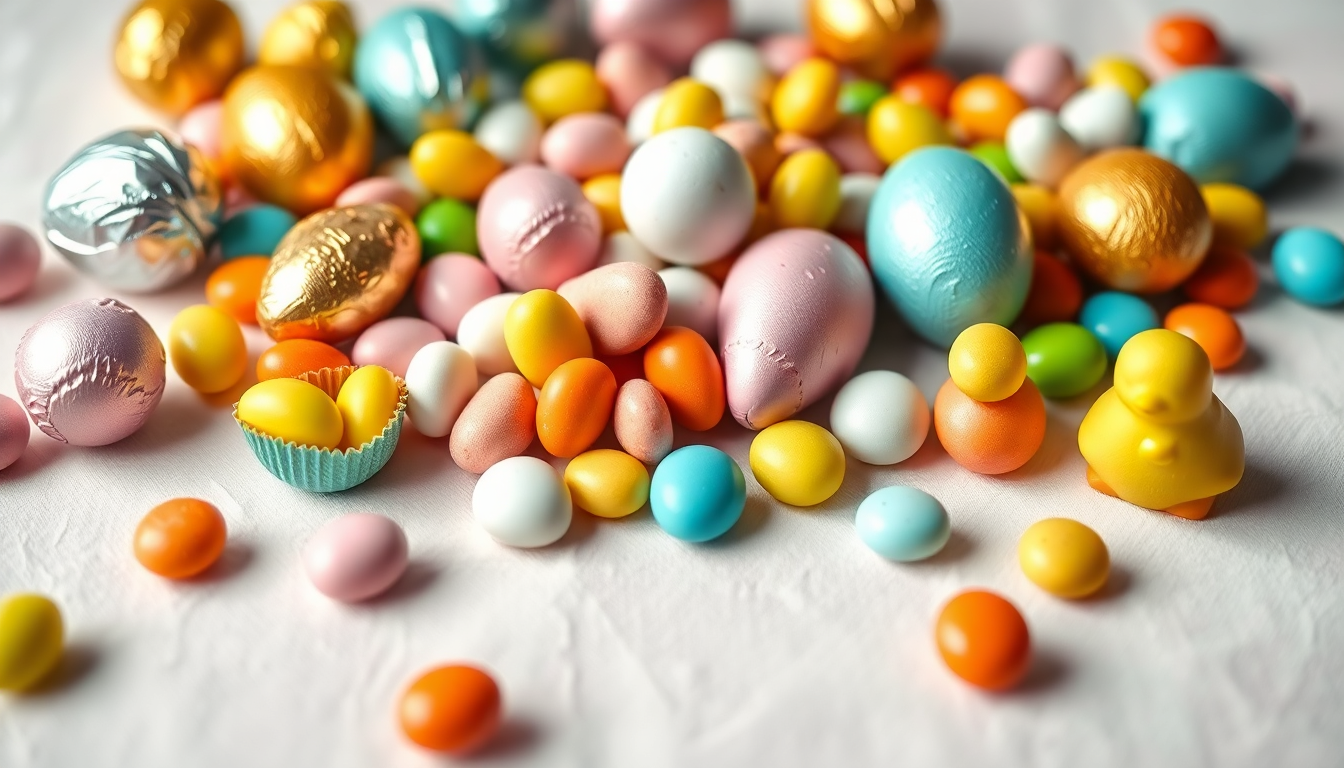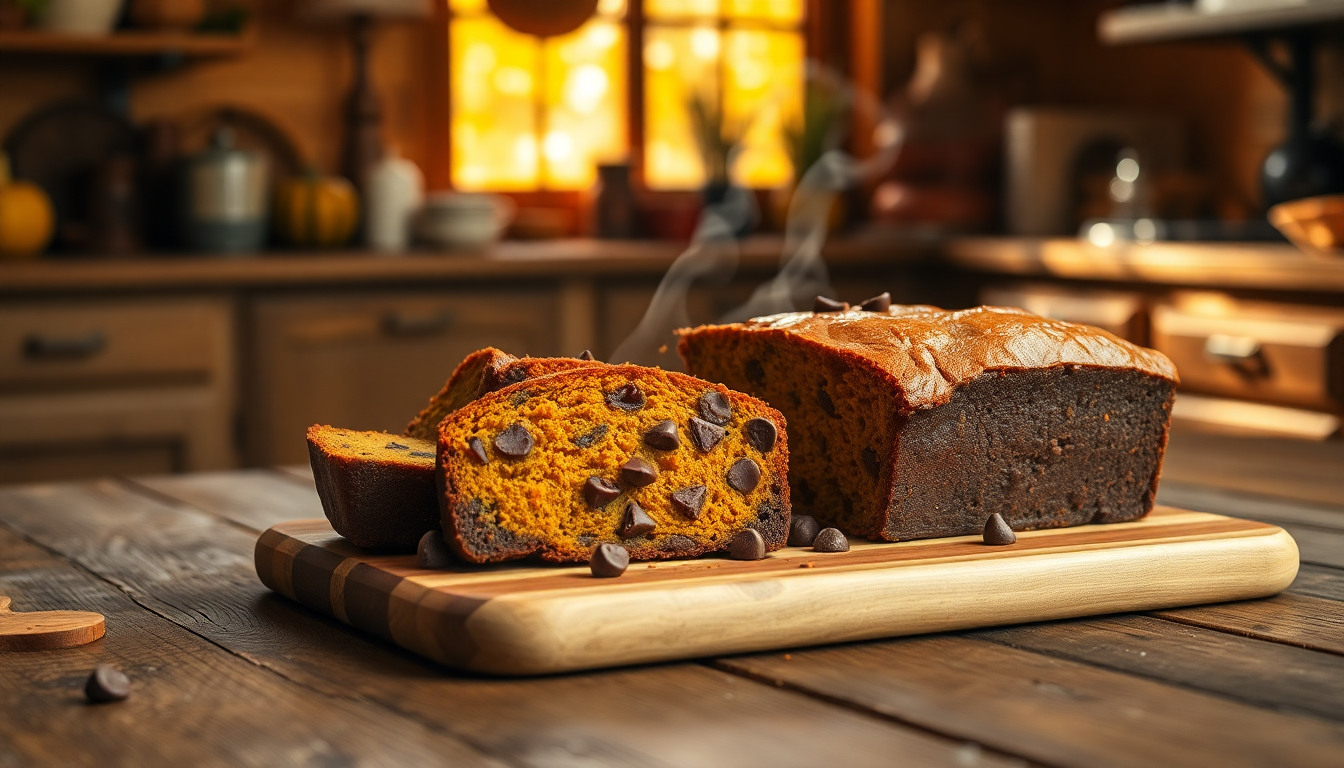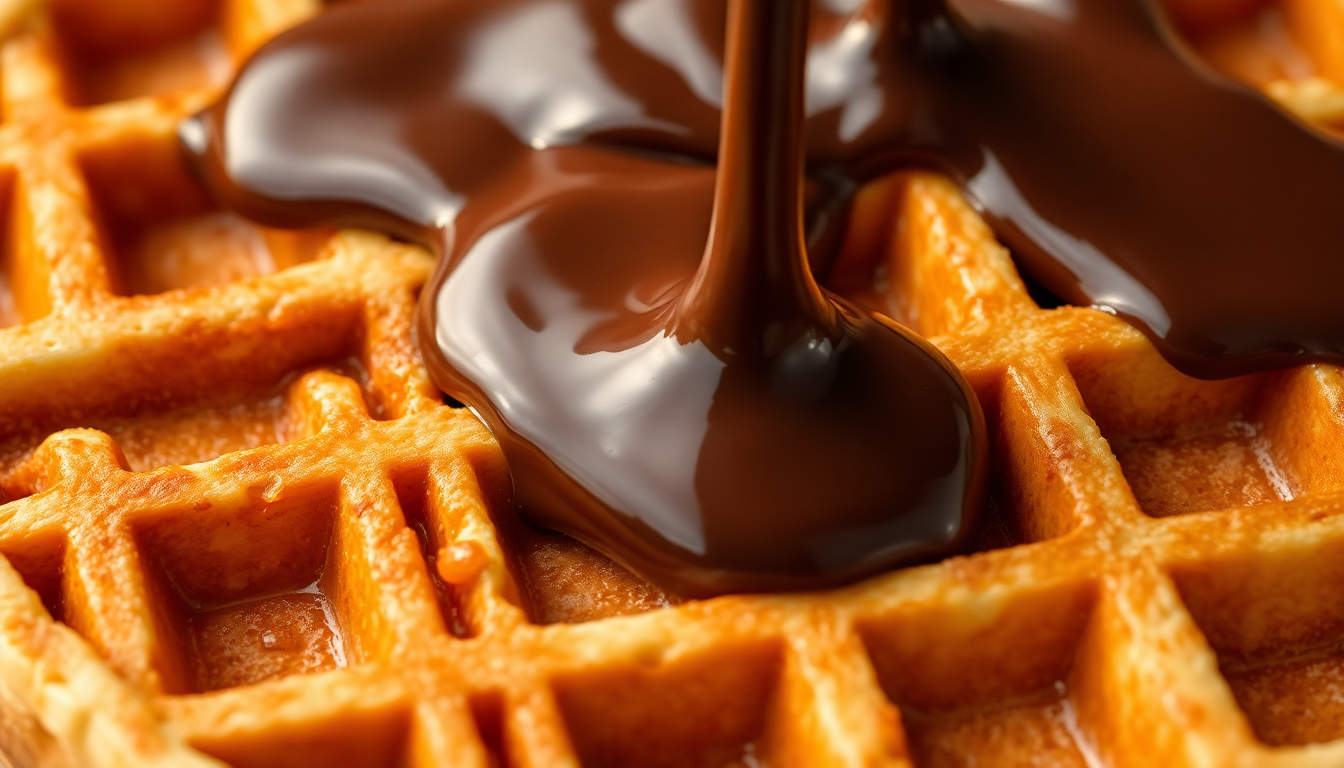
Easter Candies: A Delightful Sugary Adventure
The Sweet History of Easter Candies
Easter celebrations have been synonymous with sweet treats for centuries. The tradition of Easter candies dates back to the 19th century when European chocolatiers began crafting egg-shaped chocolates to symbolize new life and resurrection. What started as simple sugar confections has evolved into a multi-billion dollar industry with endless varieties of seasonal treats that bring joy to children and adults alike.
The commercialization of Easter candies gained momentum in the early 20th century, particularly in America, where confectionery companies recognized the holiday's potential for seasonal marketing. Today, Easter ranks as the second-biggest candy-selling holiday in the United States, only behind Halloween, with Americans spending over $3 billion annually on Easter candies alone.
Most Popular Traditional Easter Candies
Chocolate Bunnies
No Easter basket is complete without the iconic chocolate bunny. Dating back to the 1800s in Germany, these hollow or solid chocolate creations have become the centerpiece of Easter candy traditions. Available in milk, dark, or white chocolate varieties, manufacturers produce more than 90 million chocolate bunnies each Easter season.
The chocolate bunny's popularity lies not just in its delicious taste but also in its symbolic connection to Easter's themes of fertility and new life. Many chocolate enthusiasts debate the proper way to eat a chocolate bunny—ears first (which 76% of people prefer), feet first, or breaking it into pieces to enjoy gradually.
Cadbury Creme Eggs
Since their introduction in 1963, Cadbury Creme Eggs have become an Easter staple worldwide. These milk chocolate shells filled with fondant that mimics the white and yolk of an egg are available only during the Easter season, creating an annual frenzy among fans.
The limited availability of these treats—typically from January through Easter—has created a cult-like following. The Cadbury factory in Birmingham, UK, produces more than 500 million Creme Eggs annually, with most consumed during the brief Easter season.
Marshmallow Peeps
Bright, squishy, and instantly recognizable, Marshmallow Peeps have been a fixture in Easter baskets since the 1950s. Originally hand-piped by confectioners at the Just Born company, today's manufacturing process can produce an astonishing 5.5 million Peeps per day.
While the classic yellow chick shape remains the most iconic, Peeps now come in numerous colors, flavors, and shapes. Some enthusiasts prefer their Peeps fresh, while others swear by "aged" Peeps that have been allowed to harden slightly for a different textural experience.
Jelly Beans
These small, bean-shaped candies with a hard shell and gel-like interior have been associated with Easter since the 1930s. Their egg-like shape made them a natural addition to Easter celebrations, and today approximately 16 billion jelly beans are produced for Easter each year.
Modern jelly beans come in dozens of flavors, from traditional fruit varieties to exotic and sometimes bizarre options like buttered popcorn, toasted marshmallow, or even savory flavors. Gourmet jelly beans from brands like Jelly Belly have elevated this simple candy to an art form with their extensive flavor profiles.
Artisanal and Gourmet Easter Candy Trends
Small-Batch Chocolate Creations
The craft chocolate movement has made its way into Easter celebrations with small-batch chocolatiers creating exquisite Easter treats. These artisans focus on high-quality ingredients, often using single-origin cocoa beans, organic sugars, and natural flavorings to create unique flavor profiles.
Handcrafted chocolate eggs filled with pralines, ganaches, or caramels have become sought-after gifts, with many featuring hand-painted designs or artistic decorations that make them as beautiful to look at as they are delicious to eat.
Vegan and Allergen-Free Options
As dietary restrictions become more common, confectioners have responded with inclusive Easter candy options. Vegan chocolate bunnies made with coconut or oat milk instead of dairy, gelatin-free marshmallow alternatives, and nut-free marzipan treats ensure that everyone can participate in Easter candy traditions.
These allergen-conscious candies often use natural colorings from fruit and vegetable extracts rather than artificial dyes, appealing to health-conscious consumers while maintaining the festive appearance expected of Easter treats.
International Easter Candy Inspirations
Easter candy traditions vary worldwide, and global influences are increasingly appearing in American Easter baskets. Italian chocolate-hazelnut eggs containing a surprise gift, French praline-filled chocolate hens, and British simnel-flavored confections inspired by the traditional Easter cake bring international flair to the holiday.
These global treats offer sophisticated alternatives to mainstream commercial Easter candies and provide an opportunity to explore cultural traditions through confectionery.
DIY Easter Candy Ideas
Homemade Chocolate Eggs
Creating your own filled chocolate eggs at home has become more accessible with the availability of polycarbonate molds and tempering machines for home use. Beginners can start with simple chocolate shells filled with ganache or caramel, while more advanced candy makers might attempt multi-layered fillings or hand-decorated exteriors.
The advantage of making your own chocolate eggs is the ability to customize flavors and appearances while controlling ingredients. Popular filling options include:
- Peanut butter and chocolate ganache
- Raspberry jam with white chocolate cream
- Salted caramel with toasted nuts
- Coffee-infused dark chocolate truffle
Marshmallow and Fondant Creations
Homemade marshmallows offer a fluffier, more flavorful alternative to commercial versions. With basic ingredients like gelatin, sugar, and corn syrup, home cooks can craft springtime shapes like chicks, bunnies, or eggs in pastel colors using simple silicone molds.
Similarly, fondant can be colored and flavored to create egg-shaped candies with infinite customization possibilities. Adding natural flavorings like citrus zest, vanilla bean, or freeze-dried fruit powder elevates these simple sugar confections.
Healthier Easter Candy Alternatives
For those seeking to reduce sugar intake while still enjoying Easter treats, homemade options allow for healthful substitutions. Date-sweetened chocolate truffles, yogurt-covered dried fruits arranged in egg-shaped containers, or dark chocolate bark studded with nuts and dried berries offer nutritional benefits alongside sweet satisfaction.
These healthier alternatives can be shaped or packaged to maintain the festive Easter aesthetic while providing more nutritional value than traditional Easter candies.
How to Build the Perfect Easter Candy Basket
Age-Appropriate Selections
When creating Easter baskets, consider the age and preferences of the recipient. For very young children, avoid hard candies that present choking hazards and opt for soft chocolates, marshmallow treats, or melting chocolate discs.
Teenagers might appreciate trendier candy options like chocolate-covered coffee beans, gourmet flavored caramels, or exotic jelly bean collections. Adults often enjoy sophisticated dark chocolates, liqueur-filled eggs, or nostalgic candy varieties that remind them of childhood Easters.
Balance of Flavors and Textures
A well-curated Easter candy assortment offers variety in both flavor profiles and textural experiences. Consider including:
- Something chocolate (bunnies, eggs, or truffles)
- Something chewy (jelly beans, taffy, or fruit chews)
- Something crunchy (chocolate-covered nuts or crispy cookie eggs)
- Something unexpected (spicy cinnamon candies or exotic flavor combinations)
This diversity ensures there's something to satisfy any sweet tooth craving that might arise during Easter celebrations.
Presentation and Packaging
The visual appeal of Easter candies enhances the overall experience. Consider arranging candies by color for a rainbow effect, or create a landscape scene with chocolate bunnies "hiding" among green candy "grass" and jelly bean "eggs."
Eco-conscious consumers might opt for sustainable packaging alternatives like reusable fabric containers, wooden boxes, or biodegradable grass alternatives made from paper. These environmentally friendly choices can become cherished keepsakes used year after year.
Easter Candy Storage and Preservation Tips
Optimal Storage Conditions
To maintain freshness and quality, store Easter candies properly:
- Chocolate should be kept in cool (65-68°F), dry locations away from direct sunlight and strong odors
- Jelly candies and marshmallows should be stored in airtight containers to prevent drying out
- Cream-filled candies typically require refrigeration and have shorter shelf lives
When stored properly, most Easter candies can remain enjoyable well beyond the holiday itself, extending the celebration for weeks or even months.
Creative Uses for Leftover Easter Candy
Rather than allowing excess Easter candy to languish, consider repurposing it in creative ways:
- Chop chocolate bunnies for use in cookies, brownies, or as ice cream toppings
- Melt chocolate eggs to create fondue for fruit dipping
- Use crushed jelly beans as colorful cake decorations
- Incorporate marshmallow pieces into homemade ice cream
These applications give new life to Easter treats and prevent waste while creating new dessert experiences.
Environmental and Ethical Considerations in Easter Candy
Sustainable Packaging Initiatives
The candy industry has begun addressing environmental concerns associated with Easter packaging. Many manufacturers now offer:
- Recyclable foil wrappings without plastic lamination
- Cardboard containers made from post-consumer recycled materials
- Reduced packaging that minimizes waste while maintaining product protection
Consumers can support these efforts by selecting products with eco-friendly packaging and properly recycling applicable components.
Fair Trade and Ethically Sourced Ingredients
The chocolate industry in particular has faced scrutiny regarding labor practices and sustainability. Choosing Easter candies made with certified Fair Trade cocoa supports ethical farming practices and ensures workers receive fair compensation for their labor.
Many confectioners also now offer organic options that avoid pesticides and chemical fertilizers, supporting environmental health in cocoa-growing regions while providing potentially healthier products for consumers.
Conclusion
Easter candies represent more than just sweet indulgences—they embody traditions, evoke childhood memories, and create new experiences for each generation. Whether you prefer classic chocolate bunnies and jelly beans or seek out artisanal creations with innovative flavors, Easter candies offer a delightful way to celebrate the season of renewal and joy.
As you prepare your Easter celebrations, consider exploring beyond familiar favorites to discover new treats that might become future traditions. The world of Easter candies continues to evolve with changing tastes and values, ensuring this sweet tradition remains relevant and beloved for generations to come.

Claire Bennett
I'm Claire, a chocolate lover and artisan based in a small town where I run a tiny home kitchen dedicated to exploring everything chocolate. From single-origin dark bars to creamy ganache and handmade truffles, I find joy in working with all types of chocolate. I believe chocolate has a story, and I love bringing that story to life through humble, heartfelt creations.



Leave a comment
This site is protected by hCaptcha and the hCaptcha Privacy Policy and Terms of Service apply.